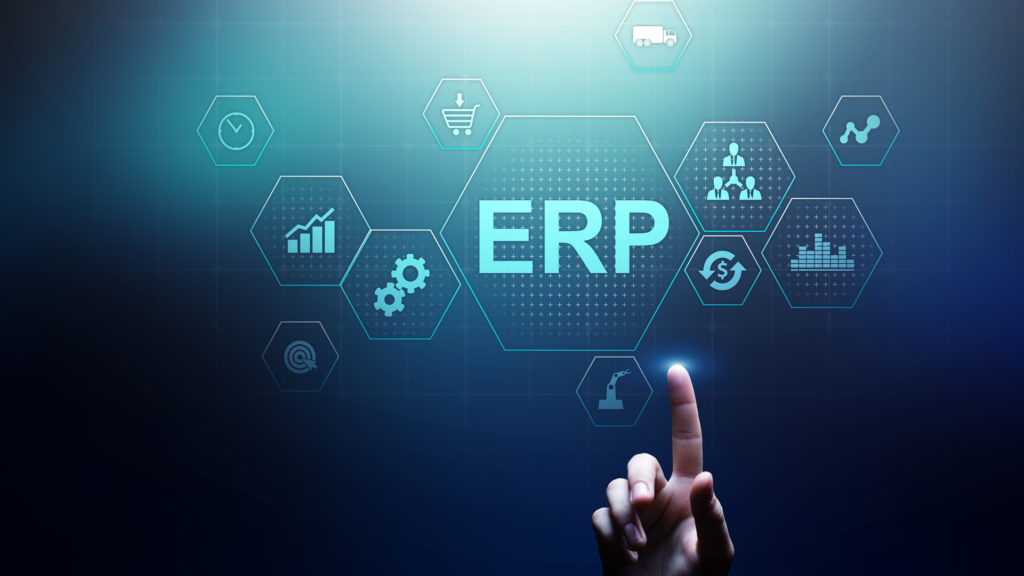ZeroUno Shines a Spotlight on Stesi: Stefano Cudicio Discusses the Evolution of Logistics and the Key Role of WMS
The esteemed publication ZeroUno, a benchmark for innovation and digital technologies in business, has dedicated a significant feature to the crucial topic of warehouse management, directly interviewing Stefano Cudicio from Stesi.
The article offers a clear and authoritative overview of the growing importance of efficient logistics and the evolution of the software tools available for it. It’s no secret that, for decades, stock management and internal logistics activities were considered a secondary aspect. However, as highlighted in the article, companies have finally grasped the direct impact that approximate management can have on profitability and competitiveness. The need to “trim costs” and operate in “just-in-time” models has made logistics optimization an absolute priority for every CEO.
When ERP Is Not Enough: The Rise of WMS
The core of Stefano Cudicio’s interview centers on the comparison between ERP (Enterprise Resource Planning) systems and WMS (Warehouse Management System), a departmental software specialized in warehouse management. Cudicio clearly explained how, starting in the 1990s, the introduction of automatic identification technologies (like barcodes) sparked a debate about extending ERP functionalities to the logistics execution phase, as opposed to the idea of dedicated systems.
“The architecture distinguishing WMS from ERP systems,” states Cudicio, “is now absolutely recognized.” This assertion, solidified around 2010, reflects a growing market awareness: while ERPs can handle simpler logistics, when warehouse complexity and the demand for maximum efficiency become indispensable, businesses need to rely on specialized solutions like a WMS. Cudicio emphasized that today, operations managers themselves are strongly demanding dedicated logistics systems, recognizing their strategic value.
The Unequivocal Benefits of WMS and the Importance of Integration
The interview delved deeply into the limitations of ERP compared to a WMS. Stefano Cudicio clarified that an ERP, by its nature, isn’t designed to manage operational complexities such as automated warehouses, automated guided vehicles (AGVs), or optimized mission dispatching with the selection of the best resource. These are inherent functionalities of the WMS domain, indispensable even for mid-level logistics systems with advanced requirements.
Naturally, despite this logical separation, the need for integration between ERP and WMS remains fundamental. “Of course, these systems still need to be integrated,” Cudicio explained, “precisely for the optimization expected from a WMS.” The WMS receives orders from the ERP, transforms them into detailed execution lists (picking, shipping, etc.), and then returns the results to the ERP system upon completion. Stefano Cudicio finally reassured about the integration phase, emphasizing that, from a technological standpoint, it’s never an issue. With our Silwa platform, we offer flexible alternatives, adapting to the client’s ERP needs, whether it involves utilizing our ready-made integration module based on interface tables or adapting to existing ERP libraries, always ensuring an optimal outcome.
Read the full article on ZeroUno 👉 “Warehouse management, ERP is not enough”



